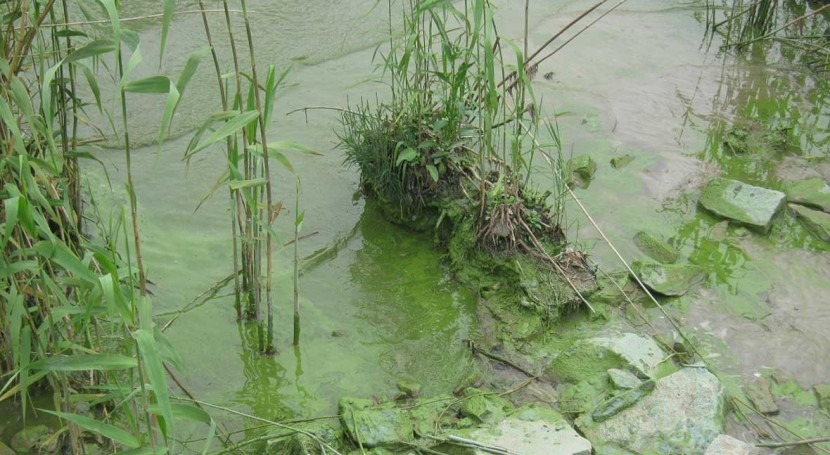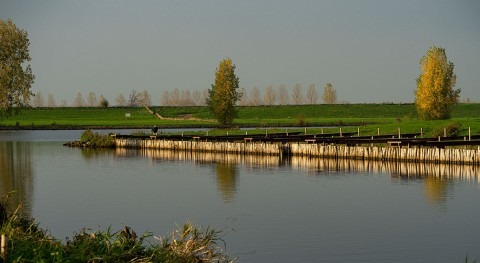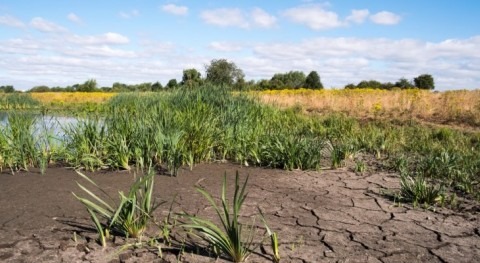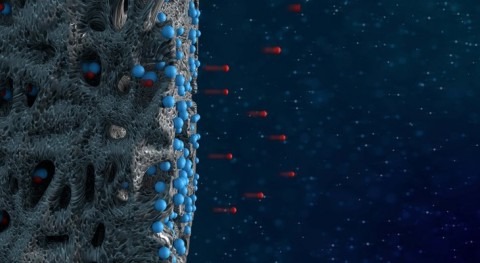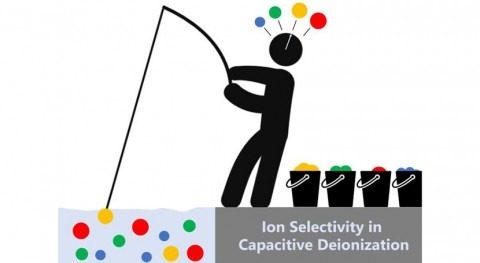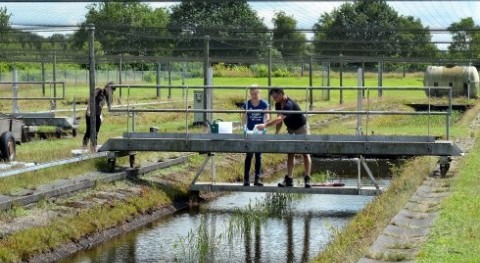The amount of nitrogen and phosphorus in surface water has been reduced through purification of wastewater. Nonetheless, toxic algae blooms still flourish frequently. Because the purification plants are better at removing phosphorus than nitrogen, the balance between these two elements is shifting on a global scale. This results in a comparatively high level of nitrogen in the purified water, which causes abundant growth of of algae with a preference for nitrogen. Thus concludes an international team of researchers, which includes Wageningen University & Research, in a publication in PNAS.
Like humans, nature needs a balanced diet: not too much, and the right balance in nutrients. While humans need a diet with sufficient fresh fruits and vegetables, and a moderate amount of fat, the balance between nitrogen and phosphorus is essential to nature.
Purification plants have been installed to prevent too many nutrients being deposited in nature. The Netherlands is amongst the world-leading countries in investing in the purification of wastewater. But even in the Netherlands, we were better at removing phosphorus than nitrogen for many years, says Annette Janssen, a researcher at the Wageningen Water Systems and Global Change group. ‘This may cause an imbalance in the natural ratio between nitrogen and phosphorus. Even if the total level of nitrogen and phosphorus is lowered, this imbalance facilitates the growth of toxic blue-green algae’, she, and the other researchers state.
Balance shifting towards nitrogen
‘We see a global shift in the balance between phosphorus and nitrogen in favour of nitrogen’, states Janssen. In China, the proportion of nitrogen – phosphorus increased from 20 to approximately 31 between 2008 and 2017, thus surpassing the European levels.
This means that, while water is becoming cleaner, it contains relatively more nitrogen than phosphorus. Each organism has its own preference for nutrients. Even between different algae, there is a large variation in their preference for nitrogen or phosphorus. Fairly harmless algae thrive on relatively more phosphorus and less nitrogen. In contrast, toxic blue-green algae flourish with by comparison higher levels of nitrogen. Thus, the global increase in the nitrogen to phosphorus ratio may hamper further improvement in water quality, the researchers state.
The global increase in the nitrogen to phosphorus ratio may hamper further improvement in water quality
Harmful blue-green algae
The researchers took the water quality in China, which is greatly affected by blue-green algae, as an example. While the blue-green algae often make the news in the Netherlands for reducing the quality of our swimming waters, in China it interrupts the drinking water supply. ‘There has already been an incident where a plague of blue-green algae blocked the water supply of millions of people’, Janssen states.
Ratio nitrogen – phosphorus for algae growth
In the PNAS publication, the researchers show that the differences in the efficiency with which phosphorus and nitrogen are removed from wastewater has caused an increase in the nitrogen – phosphorus ratio in Chinese lakes. This could explain why blue-green algae persist, despite the efforts to stop them. ‘In addition to reducing the levels of nitrogen and phosphorus, their ratio is also a critical factor in the growth of toxic algae’, Annette Janssen states.
The researchers conclude that the focus on water quality improvement should lie not just with reducing nutrients, but also with the ratio between nitrogen and phosphorus.


